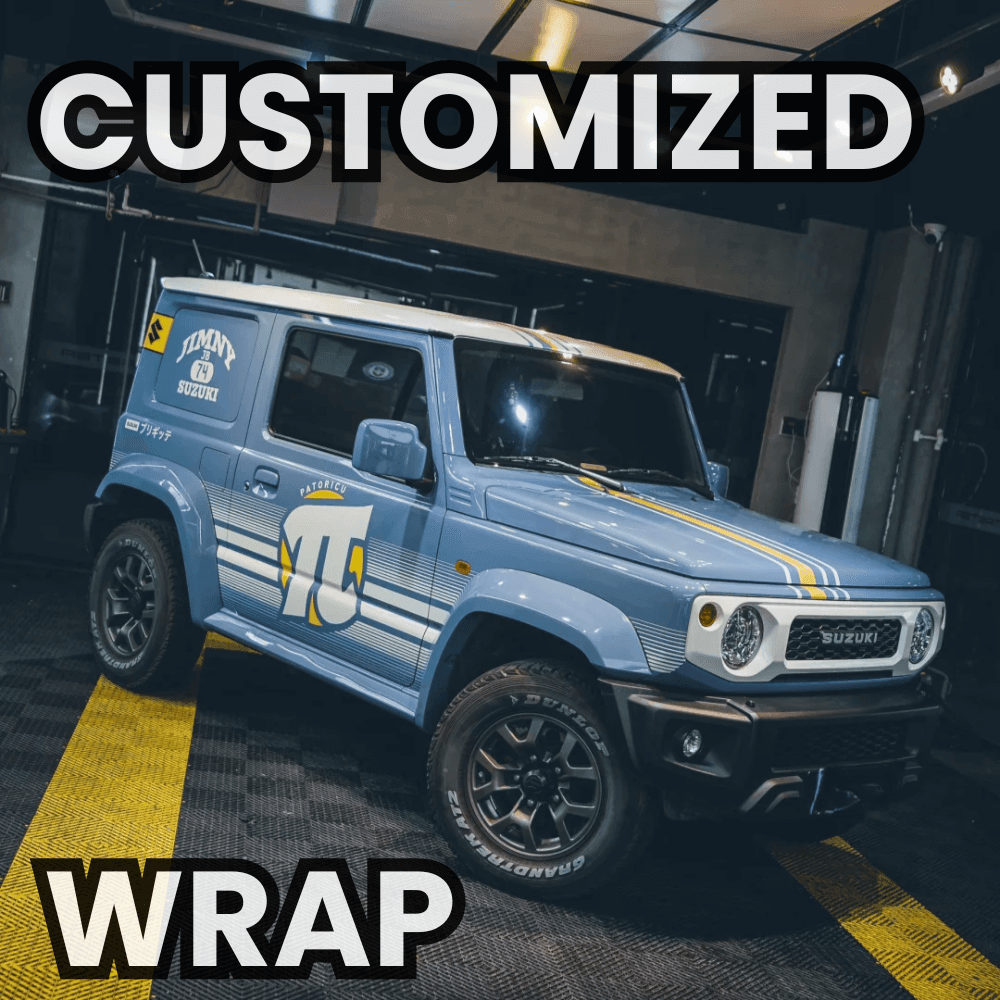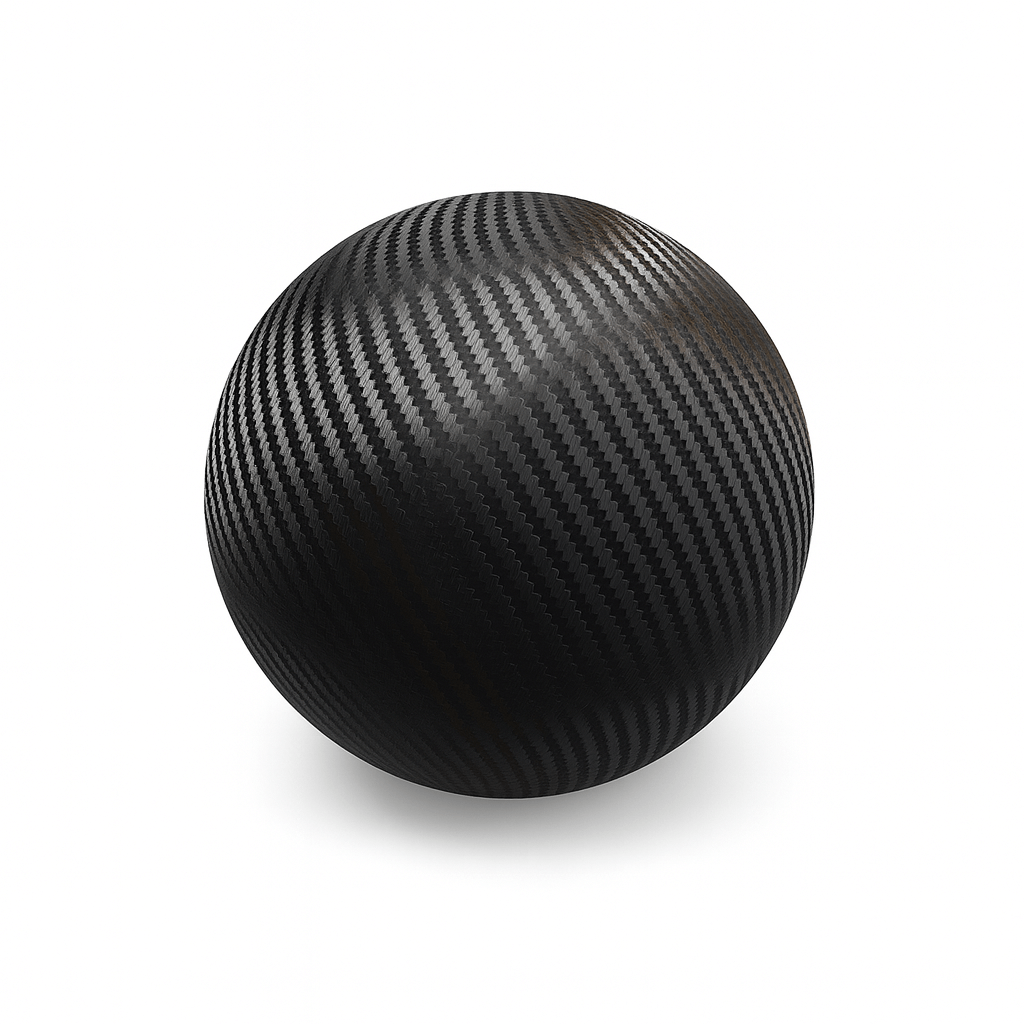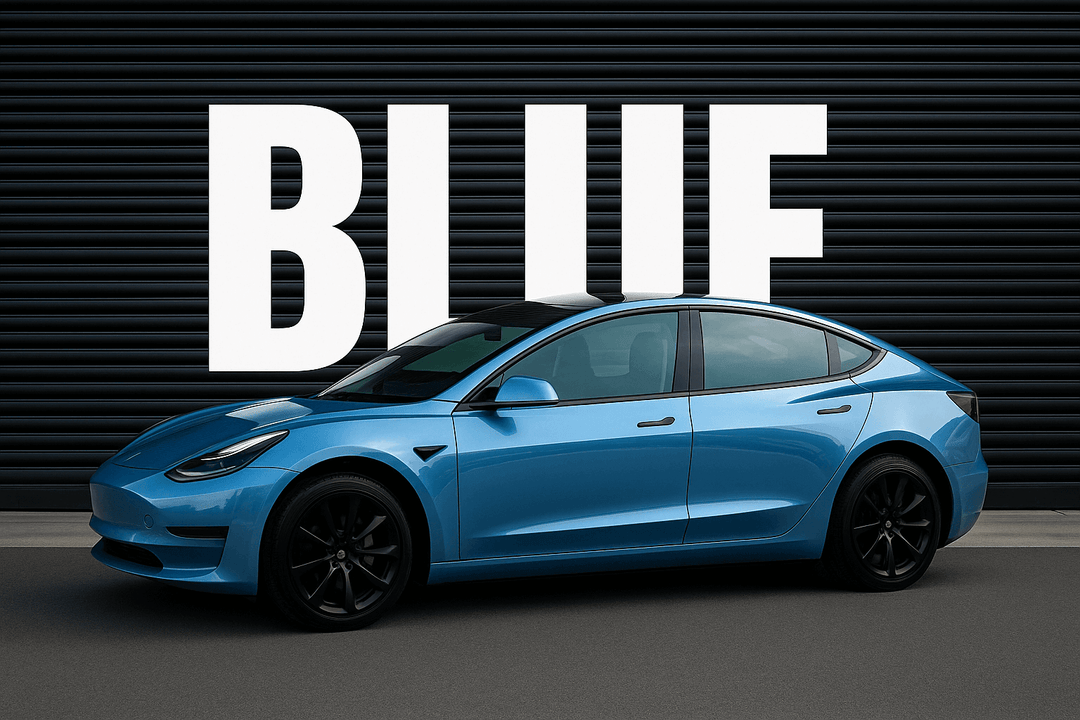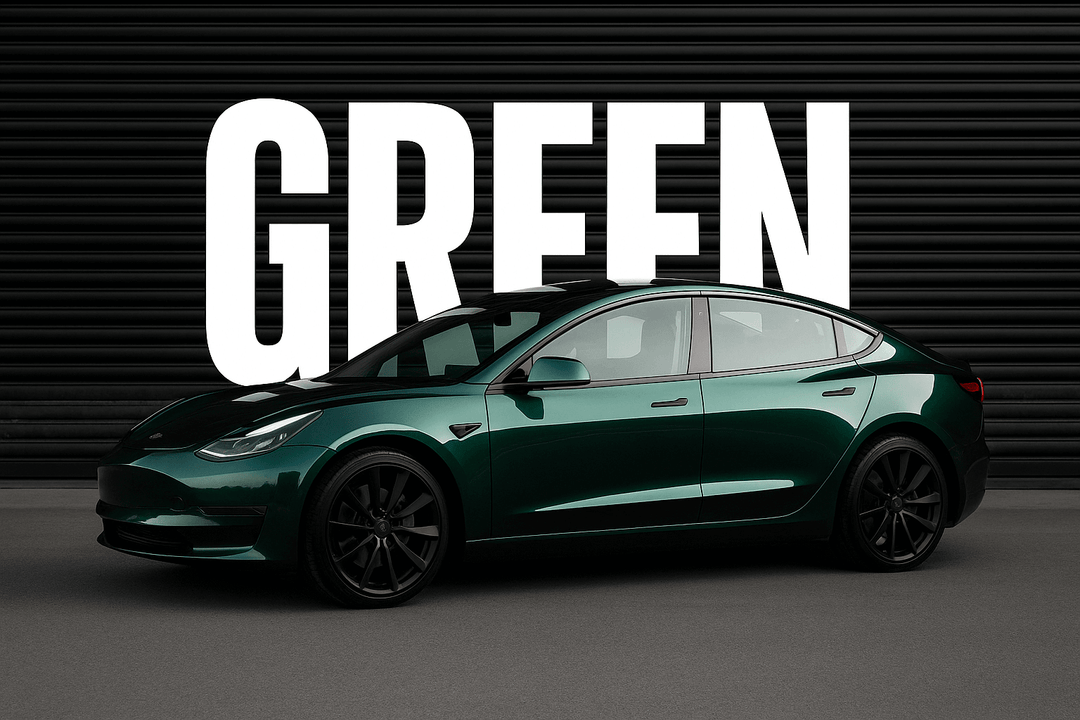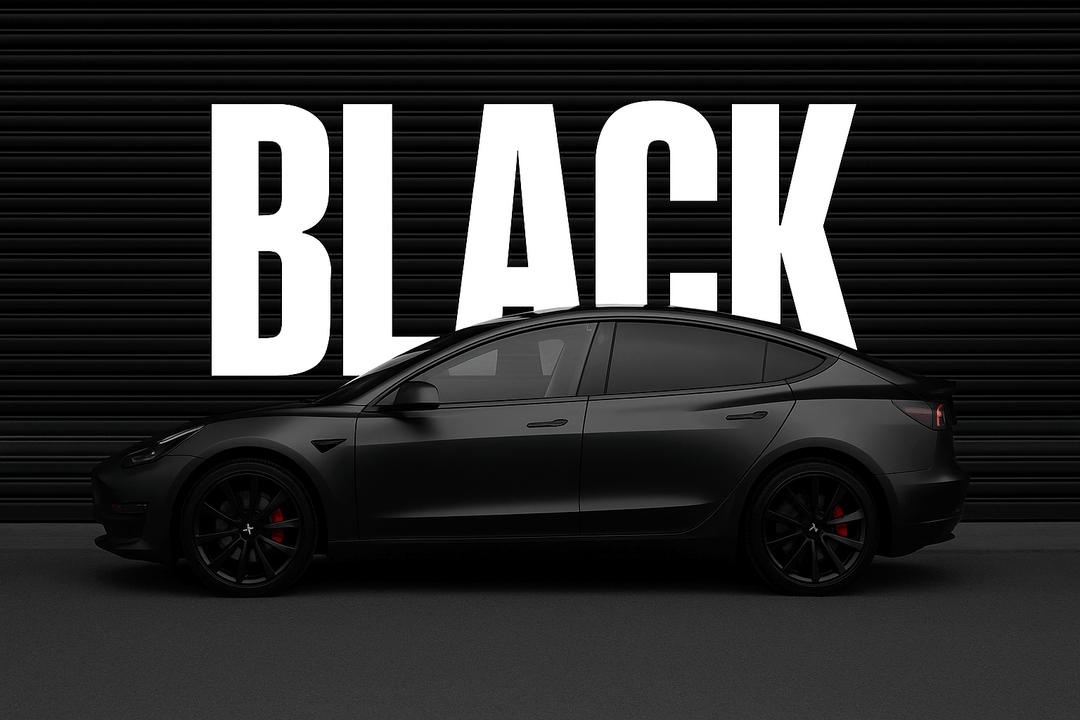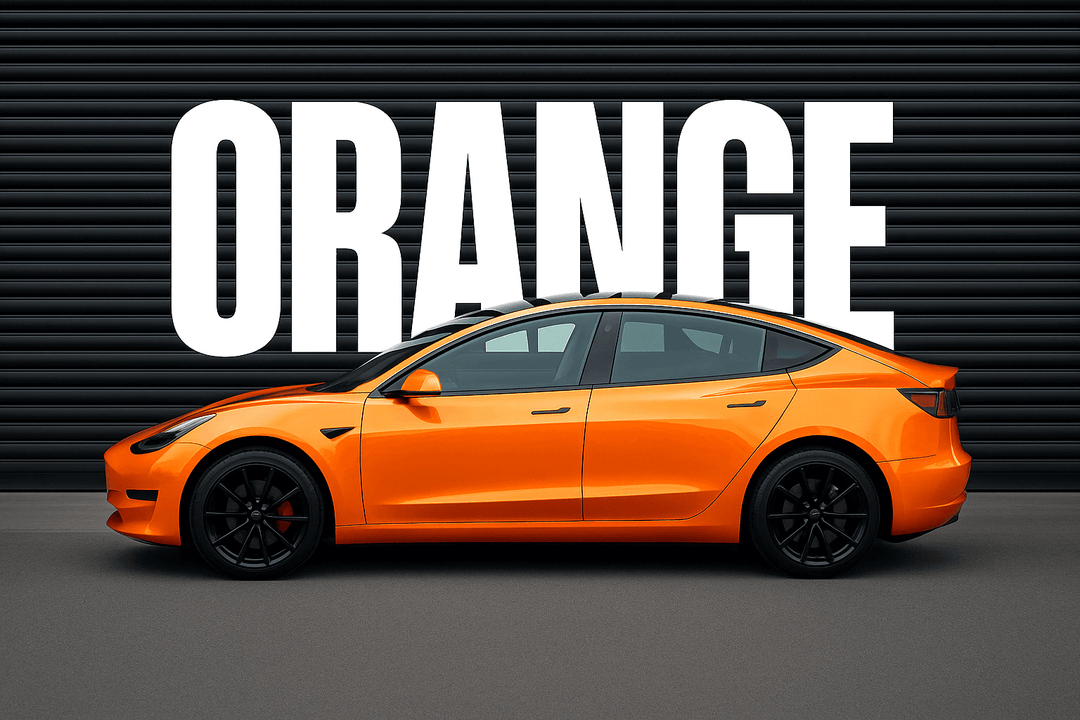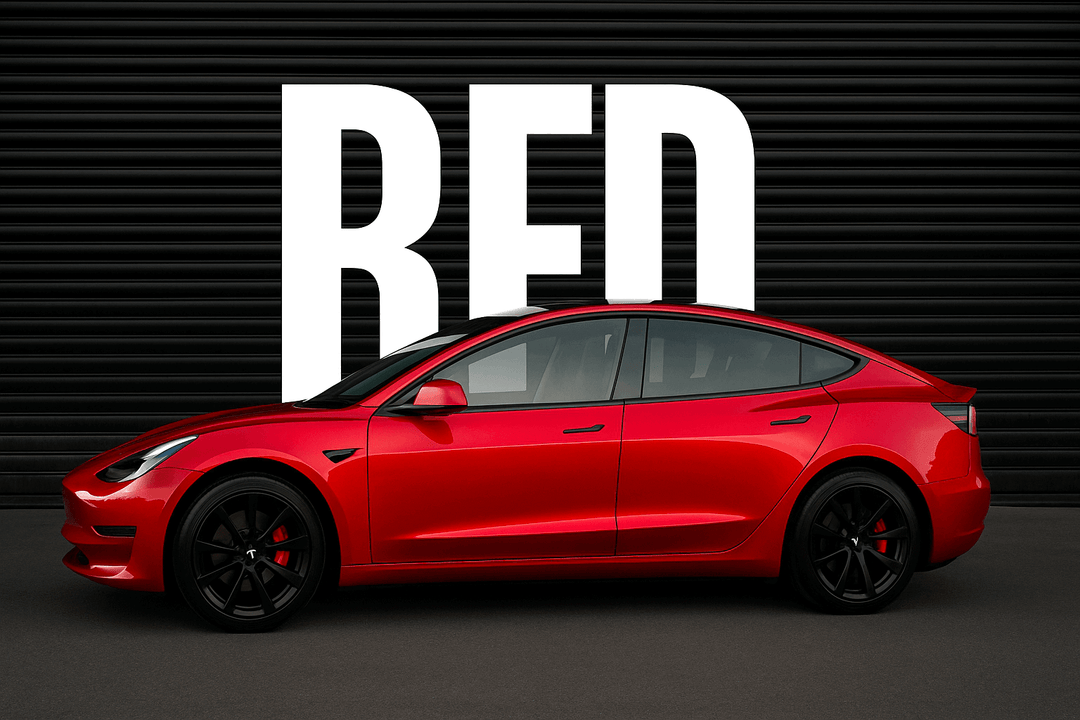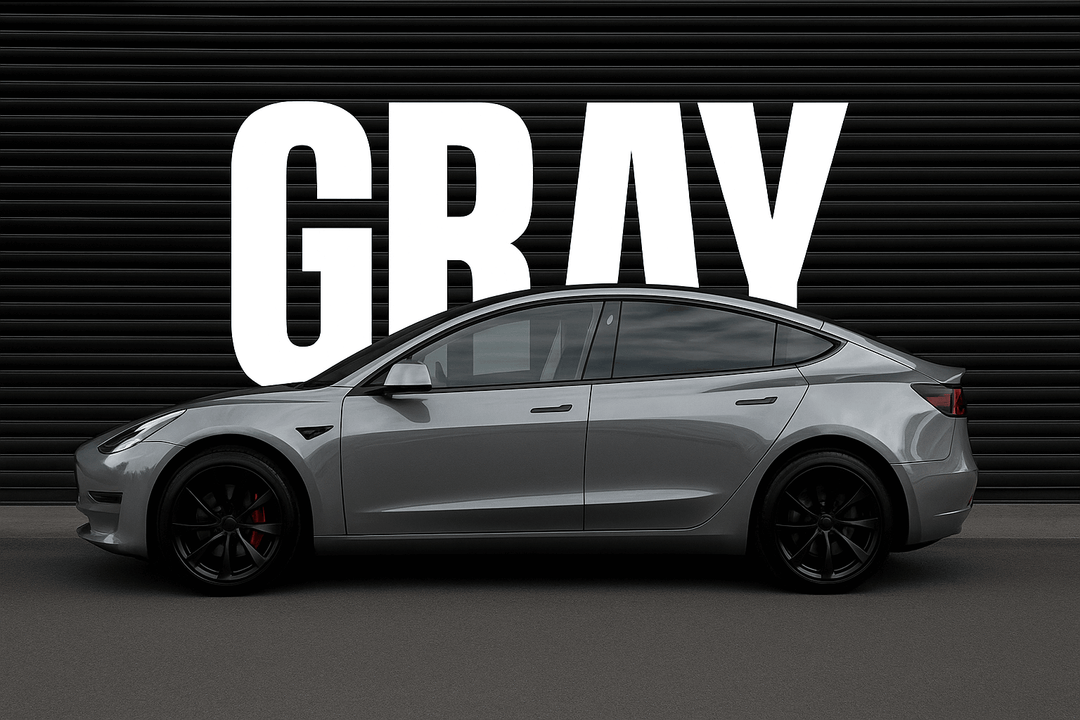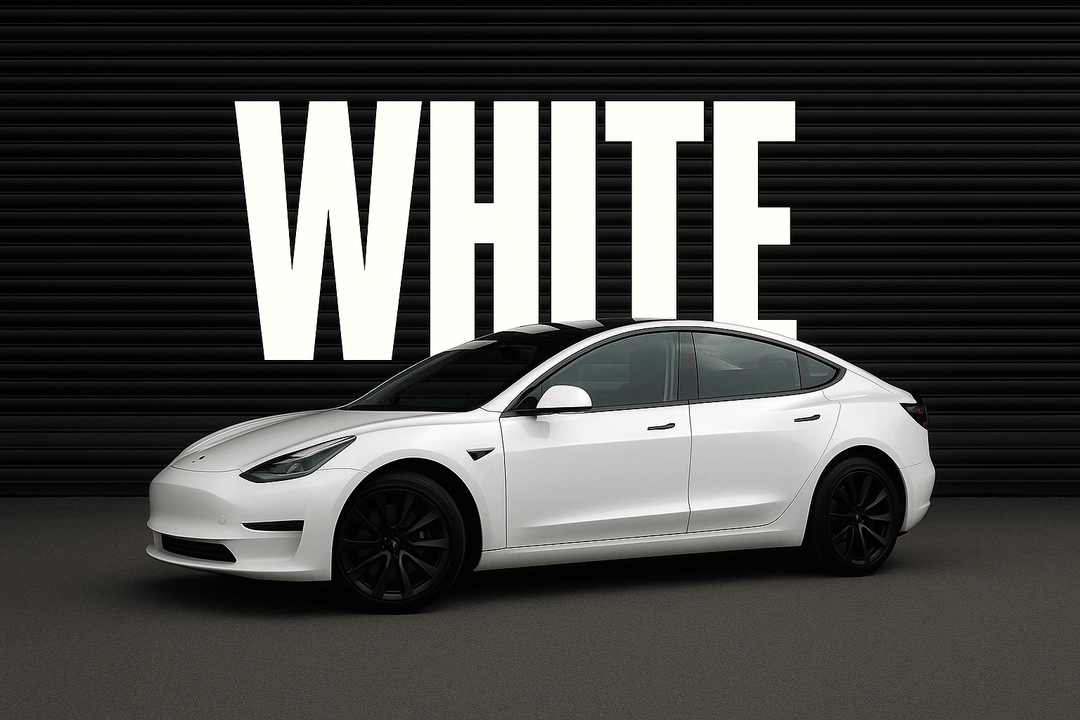Can You Vinyl Wrap a Leased Vehicle
Vinyl wrapping is one of the most popular ways to transform a car’s appearance without committing to permanent changes. From sleek matte black finishes to bold branded graphics, wraps offer a clean, stylish look while protecting your original paint.
But what if the car isn’t yours?
If you're leasing a vehicle, you might be wondering whether you’re even allowed to wrap it. After all, you don’t own the car, and lease agreements often come with strict rules about modifications and paint condition.
At YesWrap, we help both individual drivers and businesses explore smart, compliant ways to customize their leased vehicles. Whether you're driving a personal lease or managing a fleet, vinyl wraps offer a unique opportunity to make your car stand out while staying within lease terms.
This guide will walk you through everything you need to know about wrapping a leased vehicle, including what to check in your lease, what risks to avoid, and how to do it the right way. If you’ve been hesitant about adding style or branding to a leased car, you’re in the right place. Let’s get started.
Is It Legal to Vinyl Wrap a Leased Vehicle?
Yes, in most cases, you can wrap a leased vehicle.
Leasing companies generally allow vinyl wraps as long as the original paint remains undamaged and the wrap is removed before the vehicle is returned. Since vinyl wraps are non-permanent and reversible, they’re often considered a safe and acceptable form of customization.
Car wrap is a temporary upgrade, not a permanent alteration. This means using high-quality, paint-safe materials and ensuring the wrap is applied and removed by professionals who understand how to protect the car’s finish.
Before moving forward, always read your lease agreement carefully. Some contracts include specific rules about modifications. Others may require written approval before wrapping the vehicle. Taking this step ensures you stay compliant and avoid fees at the end of your lease term.
If you want to personalize your leased car or advertise your brand on a company fleet, wrapping can be a smart and stylish solution, as long as it’s done the right way.
What to Check in Your Lease Agreement
Before wrapping a leased vehicle, the most important step is to review your lease contract. While vinyl wrapping is not illegal, your leasing company may have specific terms that govern modifications. Overlooking these can lead to unexpected fees at the end of your lease.
Here are the key sections you need to check:
1. Modifications or Alterations
Most lease agreements include a clause about modifications. If it states that no external alterations are allowed without approval, this applies to vinyl wraps too. Even though wraps are temporary, they’re still considered a modification.
2. Paint Condition Requirements
Wrapping a car should never damage the original paint, but if it does, you could be held responsible for repairs. Check if your lease outlines specific standards for paint condition at the end of the term. The leasing company will expect the car to be returned in its original color and free from scratches, residue, or fading.
3. Wear and Tear Standards
Leases usually define what qualifies as normal wear and tear versus excessive damage. A poorly installed or low-quality wrap could result in bubbling, adhesive residue, or peeled paint—all of which may be flagged during inspection. Choosing a high-quality wrap and a professional installer reduces this risk.
Even if your lease doesn’t specifically mention vinyl wraps, it’s smart to get written approval from your leasing agent or company. Some companies are flexible and even encourage wraps, especially for fleet vehicles or business use. Others may require the car to be returned in factory condition.
When in doubt, ask questions, clarify terms, and keep records. It’s better to be safe than surprised.
Risks to Avoid When Wrapping a Leased Car
While vinyl wrapping a leased vehicle is usually allowed, there are important risks to keep in mind. A careless approach can lead to unexpected repair bills, lease penalties, or even permanent paint damage. Let’s walk through what to avoid so you can enjoy the benefits of wrapping without the headaches.
1. Wrapping a Freshly Painted Vehicle
One of the most overlooked risks is wrapping over fresh paint. If the car was recently repainted before your lease began, the paint may still be curing beneath the surface. Applying vinyl too soon can interfere with this process, causing adhesion issues or even peeling the paint when the wrap is removed.
Ask your leasing agent when the vehicle was last painted. If you're unsure, consult a bodywork professional before proceeding. This is especially important if you plan to use the vehicle for promotional purposes or business branding.
2. Using Poor Quality Wrap Materials
Not all vinyl is created equal. Low-grade wraps often use weak adhesives that can leave behind sticky residue or discolor the paint underneath. Cheap materials also tend to crack, bubble, or fade faster—problems that can affect the car’s condition and lead to charges at the end of your lease.
3. Improper Wrap Removal
A vinyl wrap is designed to be removable—but only if it’s taken off within the recommended time frame. Leaving a wrap on for too long, especially in hot climates, can cause the adhesive to bond too tightly to the paint. This increases the chance of paint damage or permanent staining during removal.
4. Exceeding the Wrap’s Lifespan
Even the best wraps degrade over time. Sun exposure, road debris, and general wear can break down the vinyl’s surface. Once a wrap begins to crack or peel, it not only looks unprofessional but may also harm the vehicle’s paint underneath.
How to Wrap a Leased Vehicle the Right Way
If you’re planning to wrap a leased vehicle, it is essential to do it correctly. When done the right way, a wrap can protect your car’s paint, express your style, and comply with your lease agreement.
1. Always Use Professional Installers
Vinyl wrapping is a skill. Even though DIY kits are available, applying vinyl on a full vehicle requires precision, clean working conditions, and professional tools. Poor installation can lead to air bubbles, misaligned seams, or cuts in the paint.
Choose a certified installer with experience in leased vehicle wraps. This reduces the chance of error and ensures a smooth finish that protects rather than damages.
2. Use Removable Vinyl from Trusted Brands
Not all vinyl wraps are made the same. Cheap or untested materials may peel, fade, or damage your paint. Trusted brands like YesWrap, 3M, and Avery Dennison offer high-quality removable vinyl designed for safe, clean removal.
3. Follow Suggested Maintenance and Care Plans
Proper maintenance keeps your wrap looking sharp and extends its lifespan. Avoid abrasive cleaners, automatic car washes with stiff brushes, and harsh chemicals. Instead, hand wash the vehicle using a soft sponge or microfiber cloth and mild soap.
Try to park in shaded or covered areas to reduce sun damage. Regularly check for any peeling or lifting at the edges and have it fixed immediately to prevent larger issues.
4. Take Before and After Photos
Document the car’s condition before the wrap is applied and again after installation. This provides visual proof of the original paint’s condition, which can help you avoid disputes at the end of the lease.
5. Schedule Wrap Removal Before the Lease Return
Do not wait until the last minute to remove your wrap. Have the wrap removed by a professional to avoid damage to the paint or trim. Most wraps should be taken off one to two weeks before the lease inspection to allow time for detailing or addressing any adhesive residue.
Benefits of Wrapping a Leased Vehicle
Vinyl wrapping a leased car might seem like a bold move, but when done right, it comes with a range of practical and aesthetic advantages. Whether you want to make a personal statement or protect your investment, wrapping your leased vehicle offers smart, flexible solutions.
1. Paint Protection That Preserves Value
One of the biggest reasons drivers wrap leased vehicles is to protect the original paint. A high-quality vinyl wrap acts as a shield against:
-
UV rays that cause fading
-
Road debris that can chip the surface
-
Light scratches and swirl marks from daily use
Because leasing companies expect the paint to be in good condition at return, wrapping your car can help you avoid excess wear and tear fees. If the vinyl is removed properly, the paint underneath should look just as good as it did the day you picked up the keys.
2. Reversible Customization
Leasing a vehicle usually means accepting stock colors and finishes. But with a wrap, you can customize your car without making permanent changes.
Whether you want a matte black finish, a bold neon color, or even a branded company graphic, vinyl allows you to make your car your own—and then peel it off when it's time to return it. That kind of flexibility is ideal for anyone who wants to stand out without breaking the rules of a lease.
3. Branding and Advertising for Businesses
Leased fleets are common in business operations. Vinyl wraps make it easy to turn your leased vehicles into mobile billboards without violating the terms of your agreement.
You can advertise your brand, services, or website on every delivery or service call—and then remove the graphics at lease-end without a trace. It’s a powerful marketing tool that’s affordable, non-permanent, and fully customizable.
4. Cost-Effective and Low Maintenance
Vinyl wraps are generally more affordable than a professional paint job and require less maintenance. The wrap surface resists dirt and grime, making it easier to keep clean with simple hand washes. Plus, it saves you from worrying about repainting or repairing scratches when your lease ends.
5. Stylish Options Without Commitment
From carbon fiber textures to pearlescent finishes, wraps give you access to styles and effects that most factory paint jobs can’t match. And because wraps are temporary, you can change the look of your vehicle as often as you like—even with a short lease.
Final Words
Wrapping a leased vehicle is not only possible—it can be a smart move when done with care. Whether you're looking to protect the original paint, personalize your car’s appearance, or promote a business on the go, vinyl wrapping offers flexibility without long-term commitment.
That said, always review your lease agreement before making changes. Some contracts allow wrapping with no issue, while others may require written approval. A quick conversation with your leasing agent can give you peace of mind and clarity.
At YesWrap, we specialize in high-quality vinyl wraps that are safe for leased vehicles and built to impress. Our wraps are easy to apply, easy to remove, and available in a wide range of styles, textures, and finishes. With professional installation and trusted materials, you can transform your leased car without compromising its value or your lease terms.
So if you're ready to make a bold statement or simply want added protection during your lease, we’ve got you covered. Browse our collection and find the perfect wrap for your leased car today.
FAQs
Can a wrap void my lease?
Not typically. A vinyl wrap does not void your lease as long as it does not damage the paint and is removed properly before the vehicle is returned. However, you should always review your lease terms and get written approval if required.
Will wrapping my leased car protect the paint?
Yes. A high-quality vinyl wrap creates a protective barrier that shields the original paint from UV rays, minor scratches, road grime, and chips. When installed and removed correctly, the paint underneath stays in excellent condition.
Do I need approval from the leasing company?
In many cases, yes. Some leasing contracts include restrictions on modifications, including wraps. It is best to ask your leasing company or agent and get written permission before wrapping the vehicle to avoid penalties.
Will the wrap affect my lease-end inspection?
Only if the wrap was poorly applied or removed. A professionally installed and removed wrap should not affect your lease-end inspection. Make sure to remove the wrap before returning the car, and have it done by experts to avoid adhesive residue or paint damage.
How much does it cost to wrap and remove a leased vehicle?
The cost to wrap a standard sedan typically ranges from $2,500 to $4,000, depending on the quality and design. Wrap removal can cost an additional $300 to $600. Prices vary by vehicle size, vinyl type, and installer experience.
Related Resource







